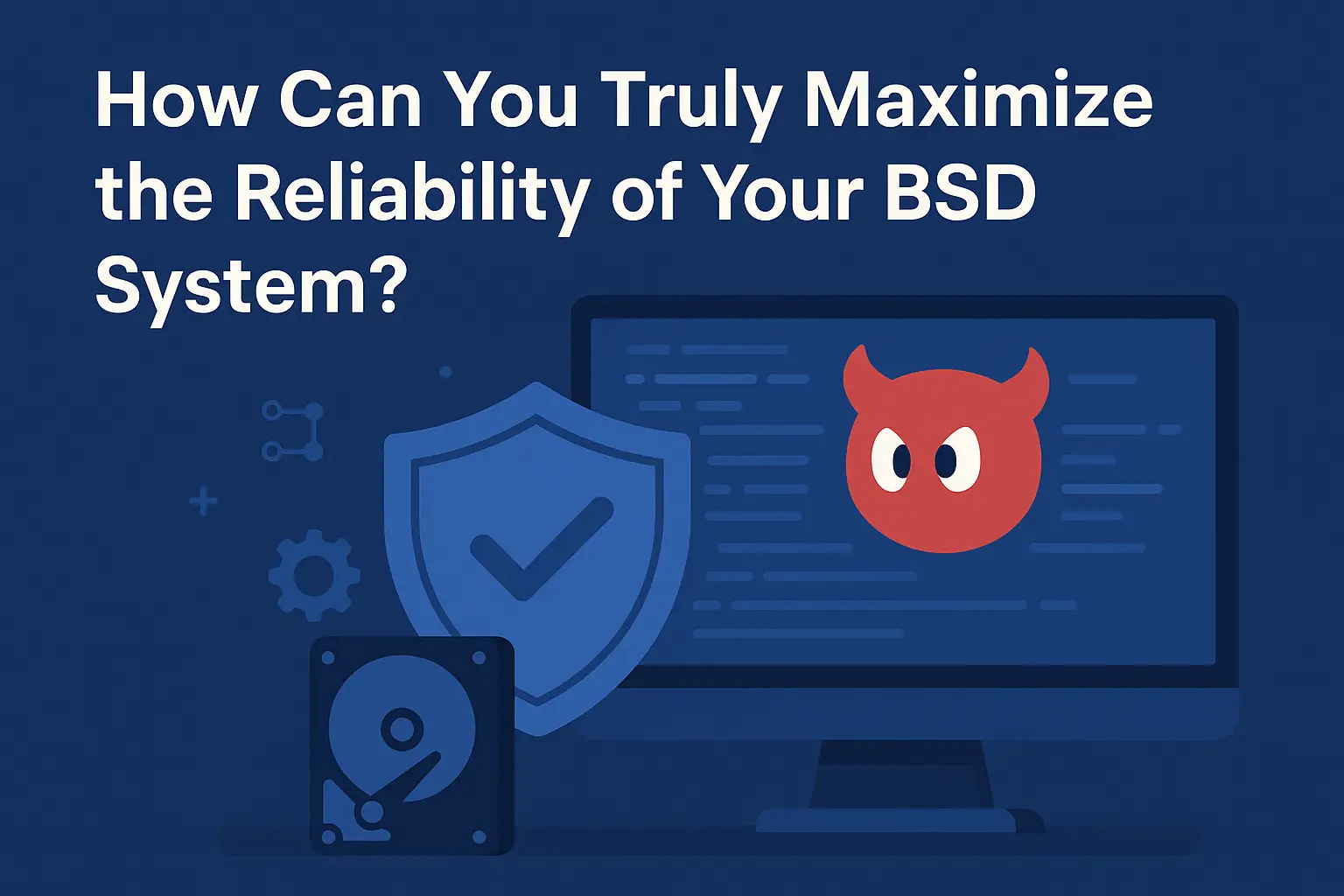That flicker of a warning light on your mirror is your guardian angel in traffic. But what if it fails silently? A compromised Blind Spot Detection (BSD) system can create a false sense of security, which is more dangerous than having no system at all.
To ensure maximum reliability, you must go beyond simple cleaning. It involves understanding how radar technology1 works, recognizing its environmental limitations2, and knowing precisely when a professional recalibration3 is not just recommended, but absolutely critical for your safety.
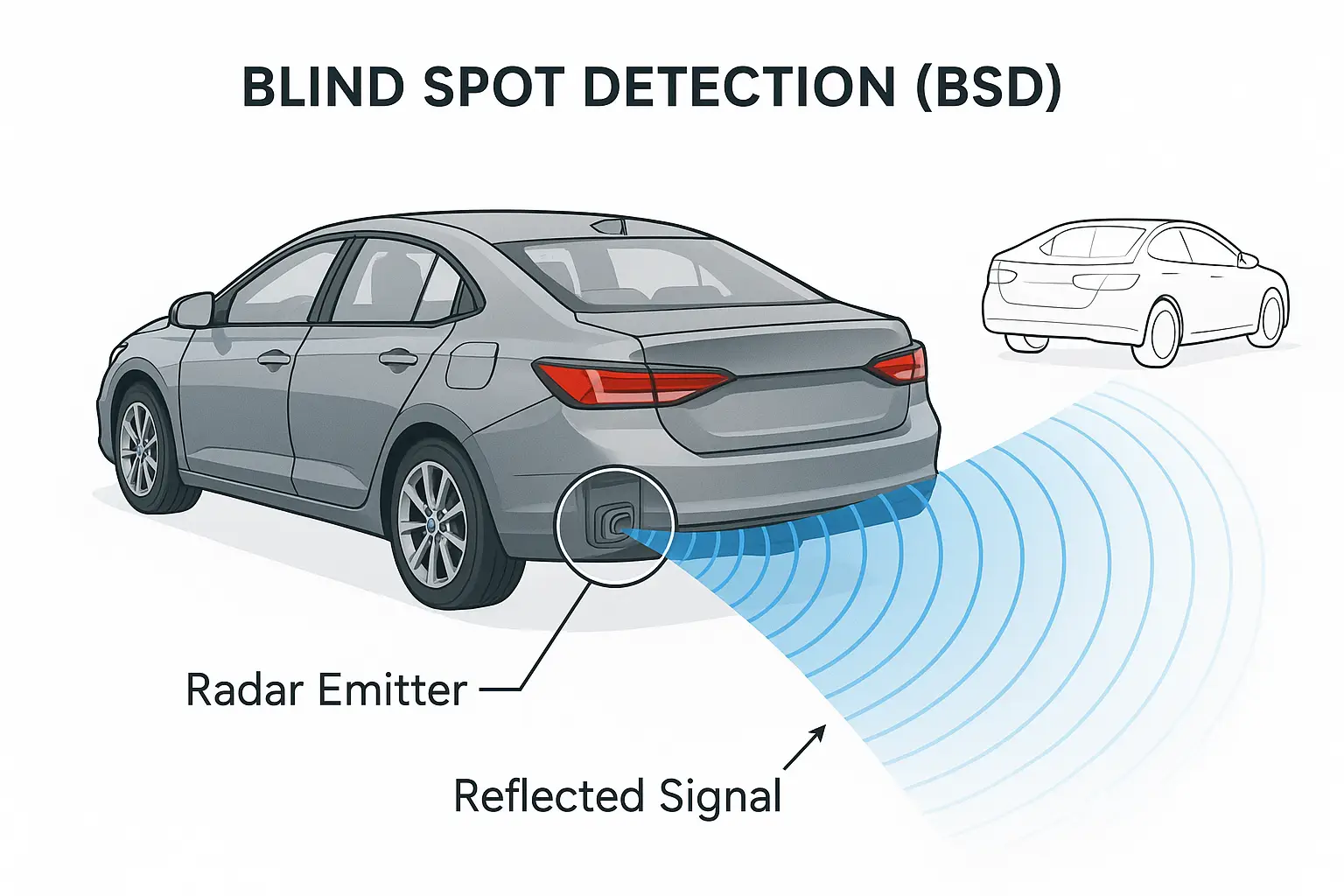
As the founder of VST Tech, I've spent my career developing and perfecting these life-saving systems. Our mission is to protect your driving safety, and that mission starts with knowledge. A BSD system is a remarkable piece of technology, but it is not magic. It operates on principles of physics that can be affected by the real world. Let's go far beyond the basics and dive into what it truly takes to maintain the integrity of your vehicle's most important safety features.
How Do Environmental Factors Really Affect Your BSD Sensors?
You know dirt on your bumper is bad for sensors, but do you know why? A simple layer of mud isn't just an obstruction; it can fundamentally alter how the radar perceives the world.
Dirt, ice, or heavy water flow doesn't just block the radar signal; it can absorb, scatter, and distort it. This leads to a weaker return signal or false reflections4, potentially making a nearby truck invisible or making an empty lane seem occupied.
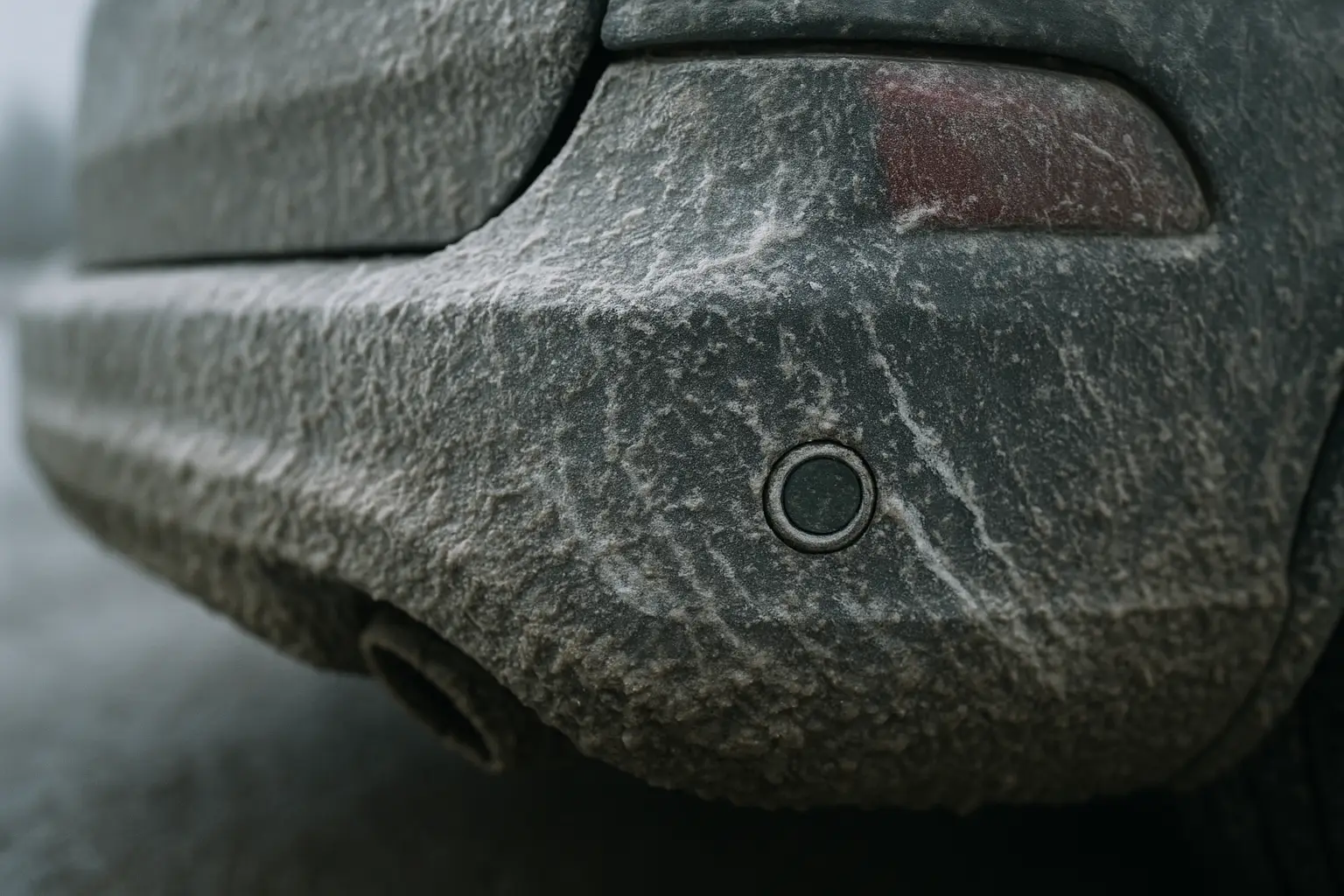
Let's dive deeper into the science of this. Your BSD sensors, typically located behind the corners of your rear bumper, are essentially small radar emitters. They send out high-frequency radio waves5 (usually in the 24 GHz or 77 GHz band). These waves travel outwards, hit an object like another car, and bounce back. The system's computer calculates the time it took for the signal to return to determine distance, and uses the Doppler effect to measure the object's relative speed.
The Physics of Interference
Different types of grime interfere in different ways. This is critical to understand.
| Type of Interference | The Scientific Reason It's a Problem | The Impact on Your Safety |
|---|---|---|
| Thick Mud or Snow | This acts as an absorbent layer. The radar energy is converted to a tiny amount of heat as it passes through, drastically weakening the signal both going out and coming back. | The system's detection range is severely reduced. It might not see a car until it's dangerously close. |
| A Sheet of Ice | Ice is a refractive layer. It can bend the radar waves, similar to how a lens bends light. This can change the perceived angle of a detected object. | The system could misjudge a car's position, thinking it's further away or in a slightly different lane than it actually is. |
| Heavy Rain or Road Spray | This creates clutter. The radar sees thousands of tiny, fast-moving raindrops and can't distinguish the weaker signal of a car from all that noise. | This is the most common cause of temporary "BSD Unavailable" messages. The system intelligently shuts down to avoid giving dangerously wrong information. |
The Inspection Beyond a Wipe-Down
When you inspect the bumper, you are looking for things that could permanently alter the radar's path. A deep scratch isn't just cosmetic; it creates a "canyon" that can scatter the radar beam in unpredictable ways. A slightly deformed bumper from a minor parking lot tap can completely misalign the sensor's precise angle. I remember a case where a client's system was failing because a body shop used a thick, metallic-flake paint to repair a scratch, which effectively blinded the sensor behind it. Your inspection must be thorough.
Why Do BSD Systems Have Inherent Limitations and Blind Spots?
Has your system ever failed to detect a fast-approaching car or a motorcycle? This is often not a malfunction, but a limitation of the technology's design and the complex physics of road interactions.
A BSD system's "vision" is a specific, cone-shaped zone. Vehicles traveling much faster or slower than you, or those with a small radar signature like motorcycles, may not be detected reliably. Understanding this "detection window" is vital for safe driving.
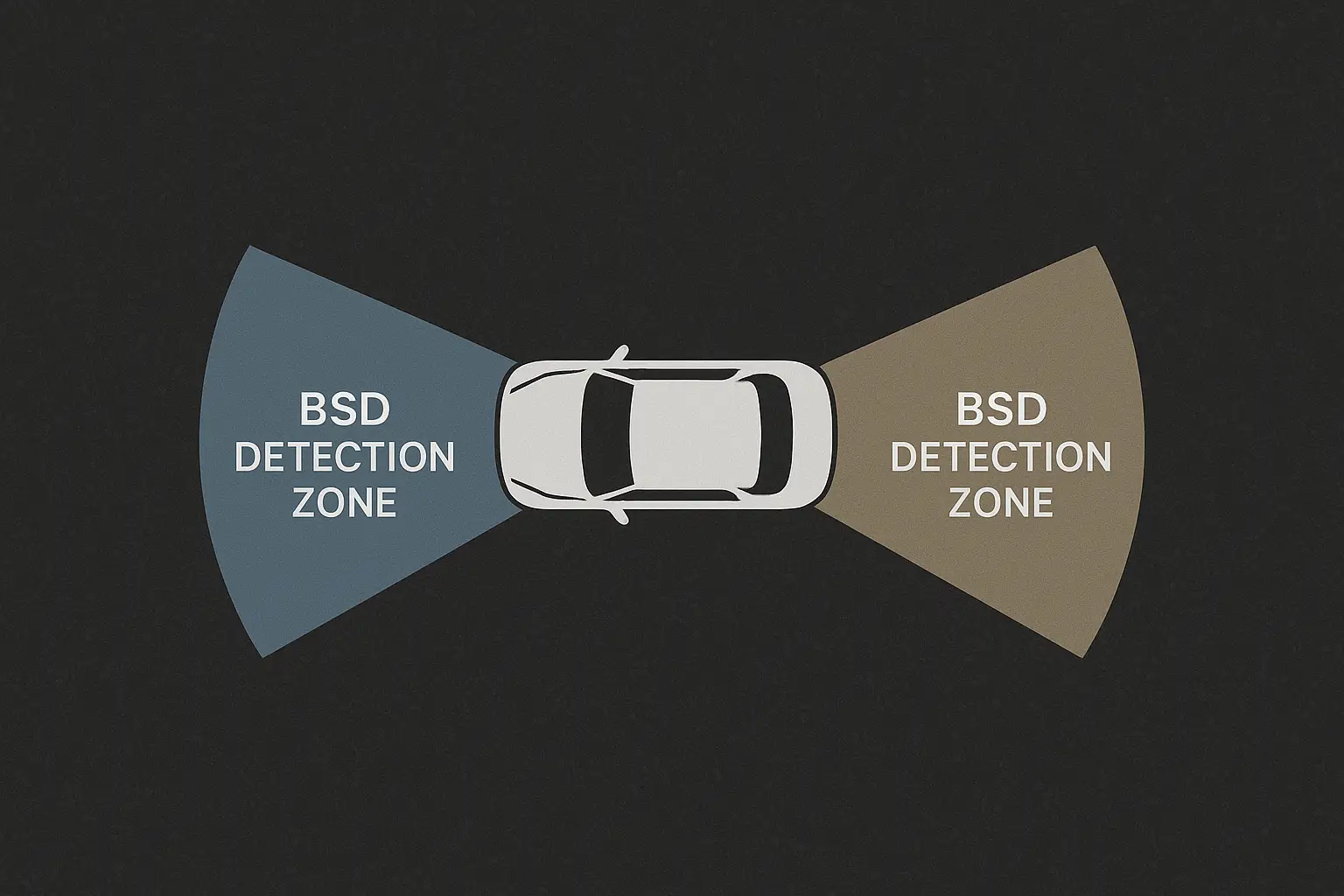
At VST Tech, a core part of our design process is balancing sensitivity with reliability. If we made the system too sensitive, it would trigger constant false alarms from trees, signs, and guardrails, leading drivers to ignore it. If we make it too conservative, it misses threats. This balance results in a very specific set of operating parameters you need to be aware of.
The Speed Differential Problem
One of the most misunderstood aspects is the speed differential. Your BSD system is designed to warn you about vehicles that are "lingering" in your blind spot or approaching it at a relatively stable pace.
- High-Speed Overtakes: Imagine you are driving at 60 mph. If a car overtakes you at 90 mph, its relative speed is 30 mph. It passes through the fixed detection zone so quickly that by the time the system registers the vehicle, calculates its trajectory, and activates the warning, the car may already be alongside you. The system didn't "fail"; the event's duration was too short for its processing cycle.
- Very Slow Traffic: Conversely, if you are passing a line of cars in stop-and-go traffic, the system may not alert for each one. The relative speed is too low, and the system might filter it out as stationary background objects to avoid nuisance alerts.
Radar Cross-Section (RCS)
Every object has a "radar cross-section," which is a measure of how detectable it is by radar.
- Large Trucks: Have a massive RCS. They are big, flat, and metallic, making them incredibly easy for the radar to see.
- Standard Cars: Have a moderate, predictable RCS. Systems are optimized for this.
- Motorcycles: Have a very small RCS. They are narrow and have fewer large, flat surfaces to reflect the radar waves. This makes them significantly harder to detect consistently, especially if they are approaching at an angle. This is why you must never rely solely on your BSD system for detecting motorcycles. It's a supplemental aid to your own vigilance.
When is Professional Recalibration an Absolute Necessity?
You've cleaned the sensors and understand the limitations, but the warning light stays on. The temptation to ignore it is high, but this is the moment where professional intervention becomes a matter of life and death.
Recalibration is a non-negotiable requirement after any physical change to the sensor's position. This includes bumper repairs, suspension changes, or collisions. Attempting to bypass this can leave your system dangerously misaligned, creating a new, invisible blind spot.
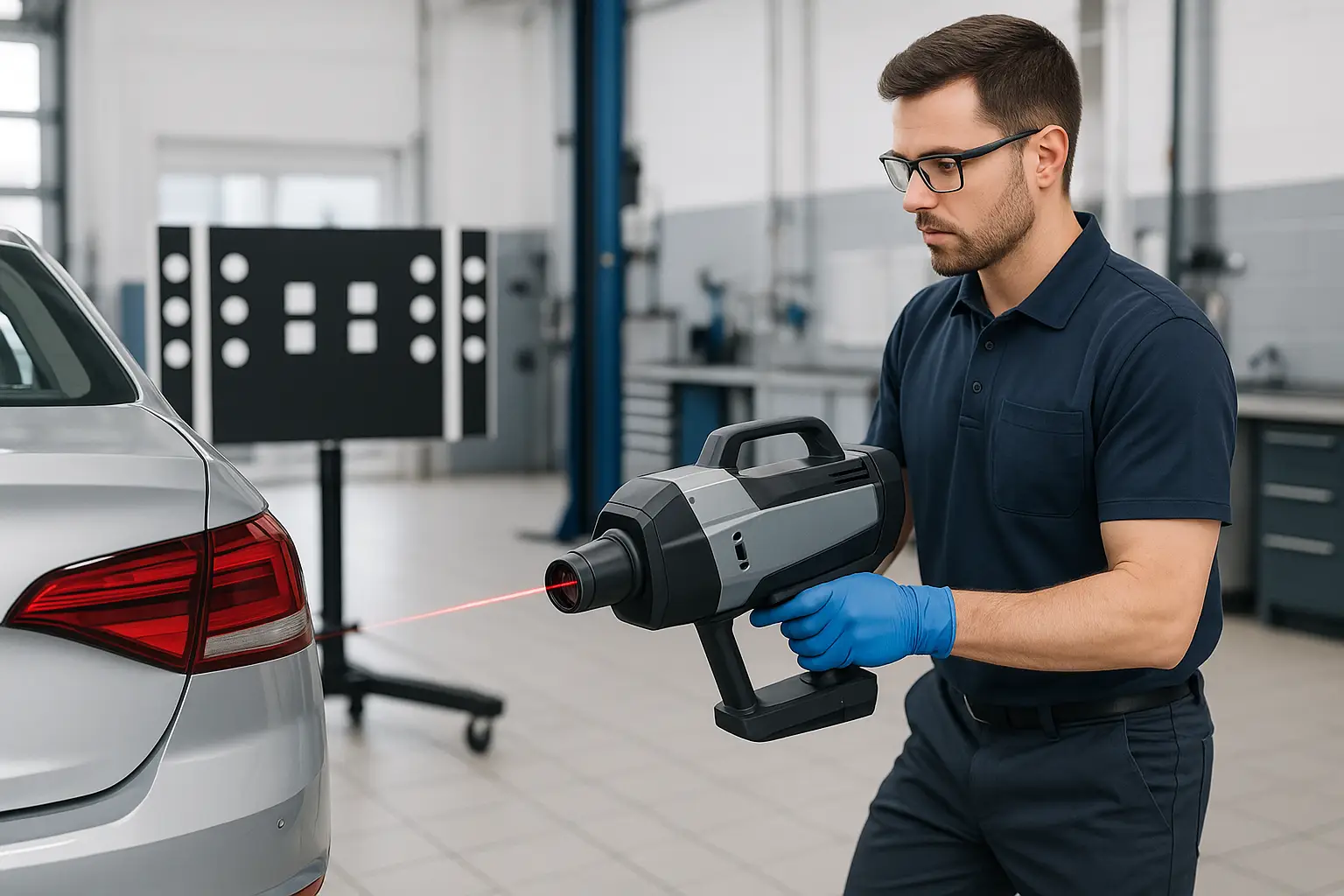
I cannot stress this enough. The sensor in your bumper is mounted on a precision bracket, angled perfectly from the factory. Think of it like a sniper's rifle scope zeroed in for a specific distance. If the scope is knocked just a fraction of a millimeter, the shot will be off by feet at 100 yards. Your BSD sensor is the same. A tiny misalignment of just one degree at the bumper can translate to the system looking at the wrong lane entirely, completely missing the car right next to you.
The "Do Not Ignore" Checklist
If any of the following events occur, recalibration by a qualified technician with the correct tools is mandatory. It is not an optional upsell; it is a fundamental part of the repair.
| Event | Why Recalibration is Mandatory | The Risk of Skipping It |
|---|---|---|
| Bumper Removal/Repair | The sensor was likely detached or its bracket was shifted. It is impossible to reinstall it with the required sub-millimeter precision by hand. | The sensor will be aimed incorrectly, creating a gap in coverage or causing constant false alerts from seeing the ground or your own car's wheels. |
| Rear-End Collision | Even a "tap" can bend the hidden mounting bracket or deform the bumper plastic, changing the angle of the radar beam. | Catastrophic failure. The system will be completely unreliable, giving you a false sense of security when it is most compromised. |
| Suspension Changes | Lowering or lifting the vehicle changes the car's "rake" or ride height. This alters the vertical angle of the sensor. | The sensor may be aimed too low (at the pavement) or too high (over the top of smaller cars), drastically reducing its effectiveness. |
| Persistent System Error Light | After cleaning, a constant warning light indicates an internal fault, either with the sensor itself or its communication with the car's main computer. | The system has detected a critical error and shut itself down for your safety. Ignoring it means you are driving without a key safety feature. |
Driving with a misaligned BSD system is like using a compass that you know is pointing 20 degrees off. It's worse than useless; it's actively misleading. Protecting your driving safety sometimes means knowing when to hand the keys to an expert.
結論
True system maintenance is about deep understanding, not just surface cleaning. By knowing how radar works, respecting its limits, and insisting on professional calibration when needed, you ensure its reliability.
-
Explore the principles of radar technology to appreciate its role in vehicle safety systems. ↩
-
Learn about the factors that can affect radar performance and how to mitigate them. ↩
-
Discover the importance of recalibration to maintain the accuracy of safety systems. ↩
-
Learn about false reflections to better understand potential radar system failures. ↩
-
Explore the significance of high-frequency radio waves in vehicle safety systems. ↩

